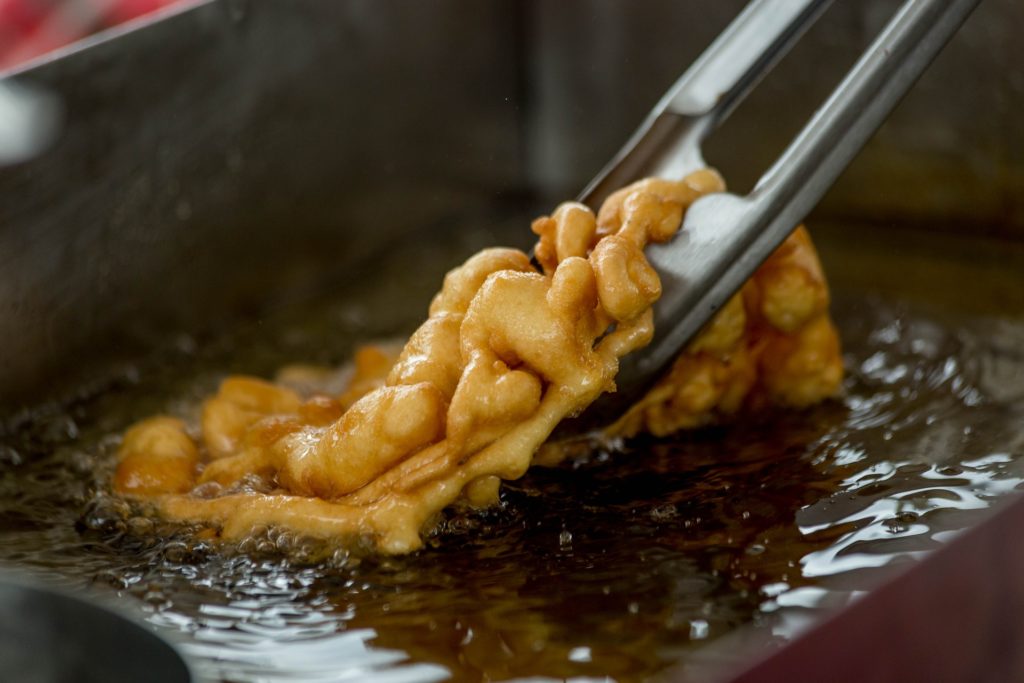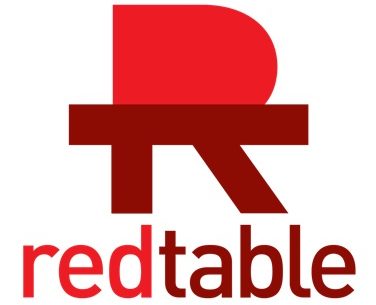Make the most out of your bacon by saving the rendered bacon grease using this easy kitchen hack.
Bacon grease is a treasured staple in many Southern kitchens. Saving those savory drippings in a jar or can on the stovetop or counter was once common practice. However, food safety standards have changed over the years. So is reusing bacon fat still safe today or an outdated habit that should be kicked?
Let’s take a closer look at how to store bacon grease properly, risks associated with reusing it, and best practices for safely enjoying those flavorful drippings again and again.
Why Save Bacon Grease?
Before diving into the safety considerations, it helps to understand why cooks hold onto bacon drippings in the first place. Here are some key benefits of reusing bacon fat:
- Adds smoky, meaty flavor – Enhancing everything from vegetables to biscuits and cornbread
- Natural cooking fat – Provides a substitute for butter, oil or shortening
- Free and convenient – No additional costs and already on hand after cooking bacon
- Traditional practice – Passed down for generations in Southern kitchens
Bacon grease is a cook’s secret weapon, imparting richness and savoriness But it only delivers on those benefits if stored properly and kept from going rancid
Potential Risks of Improperly Stored Grease
In the past, many did keep an ever-present bacon grease jar out on the counter. But food safety standards evolved for good reason.
Room temperature storage can encourage bacteria growth. And over time, the grease will oxidize and go rancid as well. Now experts recommend limited reuse and storage in the refrigerator or freezer.
Potential risks of improper bacon grease storage include
- Foodborne illness – From bacteria like salmonella or E. coli
- Rancid grease – Oxidized fat smells and tastes unpleasant
- Off flavors – Imparts a sour, bitter taste to foods
- Gastrointestinal issues – Rancid fats can cause nausea or stomach pains
Storing at cool temperatures minimizes these risks But taking additional precautions optimizes both safety and quality when reusing bacon drippings
Tips for Safe Bacon Grease Storage
Here are some best practices for safe storage and reuse of bacon grease:
- Strain – Pour through cheesecloth to remove bacon bits and impurities
- Refrigerate – Keep in a sealed jar for up to 3 months
- Freeze – For longer storage, freeze in ice cube trays then transfer to an airtight container
- Limit reuse – Use within recommended time limits; make smaller batches
- Avoid cross-contamination – Never reuse bacon grease after cooking other meats like poultry
With the right storage methods, reused bacon grease maintains quality and safety for a good while.
Signs It’s Time to Toss Your Bacon Grease
Bacon fat doesn’t last forever, even with proper storage. Watch for these signs it’s time to say goodbye:
- Unpleasant odor – Smells sour, rancid or “off”
- Change in texture – No longer smooth; gritty or lumpy
- Change in color – Darkens significantly over time
- Mold – Discard at any signs of mold
- Past expiration – Toss refrigerated grease after 3 months; frozen after 6-8 months
Trust your senses. Rancid grease smells and tastes noticeably “bad” compared to fresh.
Don’t try to salvage grease past its prime. Small batches and limited reuse help avoid waste.
Is Reusing Bacon Grease Really Risky?
The risks of improperly stored bacon grease are real. But with proper handling, storage, and usage limits, reusing bacon drippings can be perfectly safe.
Here’s a quick summary of grease reuse safety:
- Straining, refrigeration, and freezing significantly control risks
- Potential for foodborne illness and rancidity do exist without those precautions
- Limiting reuse to 3 months (refrigerated) or 6-8 months (frozen) optimizes safety and quality
- Make smaller batches to avoid waste from over-storage
- Monitor for signs of spoilage like smell, texture, and color changes
While no longer recommended as a lifelong kitchen staple, bacon grease can have a temporary place in the modern Southern kitchen when handled responsibly.
Cooking Uses for Bacon Grease
Once you’ve safely saved those bacon drippings, what are the tastiest ways to use them?
For Frying and Sautéing
- Potatoes
- Brussel sprouts
- Okra
- Green beans
- Cornbread
For Baking
- Biscuits
- Pie crusts
- Cornbread
- Baked beans
For Flavoring
- Sawmill gravy
- Pasta sauces
- Dressings and vinaigrettes
- Roasted vegetables
- Popcorn
A little goes a long way. The small effort to strain and store pays off in big flavor rewards down the road.
Alternatives If Avoiding Reused Grease
Reusing bacon drippings is certainly not necessary. Those who prefer to avoid it can substitute:
- Butter
- Lard or tallow
- Olive oil, avocado oil, or other cooking oils
- Commercial rendered bacon fat
The smoky bacon flavor will be missing. But these alternatives offer similar frying and baking benefits if you’d rather not repurpose grease.
The Bottom Line
Here’s a quick recap of the key points on reusing bacon grease:
- Adds great flavor, but can carry risks if improperly stored at room temperature for extended periods
- Straining, refrigerating, freezing, and limiting reuse period greatly improves safety
- Make small batches, use within 3 months (refrigerated) or 6-8 months (frozen)
- Discard at first signs of spoilage
- Alternatives like oils and butter can substitute if avoiding reuse altogether
While not the everlasting kitchen staple of the past, reused bacon grease still has a temporary place in many Southern kitchens today with proper handling. With some common sense precautions, cooks can continue honoring time-tested traditions – just a little more safely.

Why save bacon grease?
I cook a lot of bacon (at least a package a week), and one of my favorite easy kitchen hacks is saving the bacon grease. I used to put the grease in an old pasta sauce jar (you should never put grease down the drain) and put it under the sink until it was full. Then I would throw it away. After spending a lot of money on a jar of pork lard, I asked myself, “Why am I not saving the bacon fat I’m already rendering down while cooking?” This kitchen hack will help you reuse something you already bought and give you another way to cook with fat that adds so much flavor to your food.
Kitchen Hack: Save and Reuse Bacon Grease
To save and reuse your bacon grease, here’s what you’ll do:
- Let cool. Let the bacon grease in the pan (or wherever you cooked the bacon) cool down a bit.
- Pour. Carefully pour the grease into a glass jar. The glass should be tempered so that it doesn’t break when heated.
- Store and use when cooking. You can keep your grease jar next to the stove or in the fridge. To make your food taste even better, use it instead of olive oil, ghee, or other cooking fats.

How to Save Your Bacon Grease
Can bacon grease be reused?
This quick video shows you how to save, filter, store, and reuse bacon grease. After cooking a big pan of bacon, DO NOT throw out that leftover bacon grease. That rendered fat is liquid gold and can be used to season greens, beans, rice dishes, saute vegetables, make dressings, etc.
Does bacon grease go bad?
Yes, bacon grease eventually goes bad. However, with proper storage, it can last up to 6 months in the refrigerator. You can easily replace butter or cooking oil with bacon grease for a tasty twist in various dishes. To enjoy its benefits, make sure to store it correctly and use it within the suggested time frame. How Long is Bacon Grease Good For?
How do you store bacon grease?
To safely store bacon grease, you must first get rid of any small bits of bacon that are left behind: Place a coffee filter or cheesecloth over the mouth of a glass container, like a Mason jar, or a container made for bacon drippings. Press the filter down so that it fits snugly inside the mouth of the jar.
What can I do with leftover bacon grease?
After cooking a big pan of bacon, DO NOT throw out that leftover bacon grease. That rendered fat is liquid gold and can be used to season greens, beans, rice dishes, saute vegetables, make dressings, etc. But you’ll need to clean it first to filter out any extra pieces of meat or fat.
